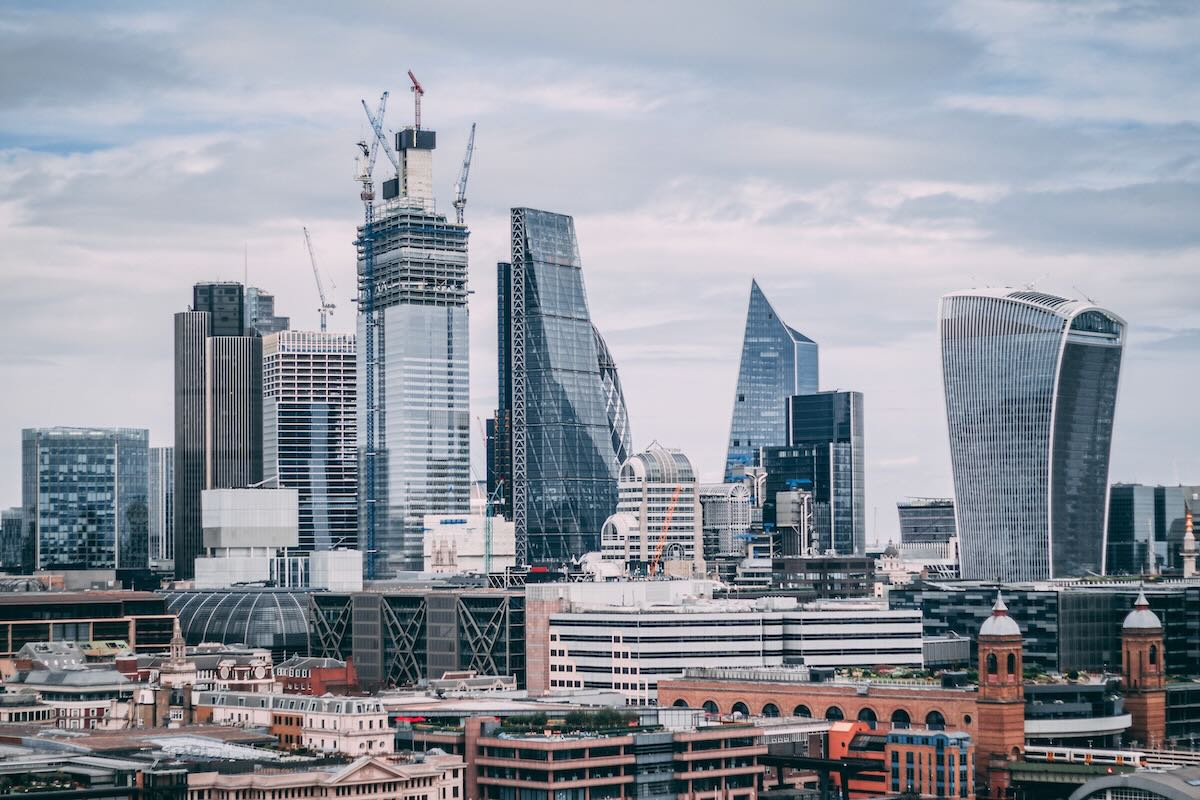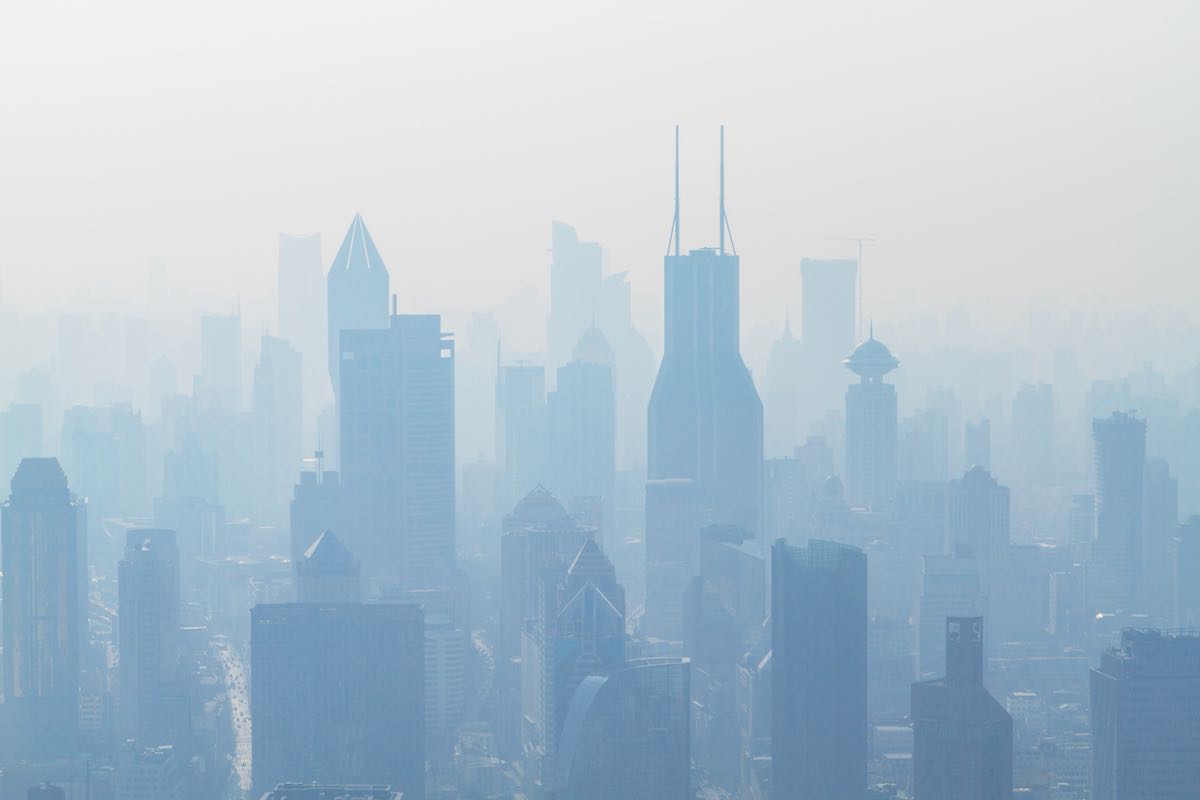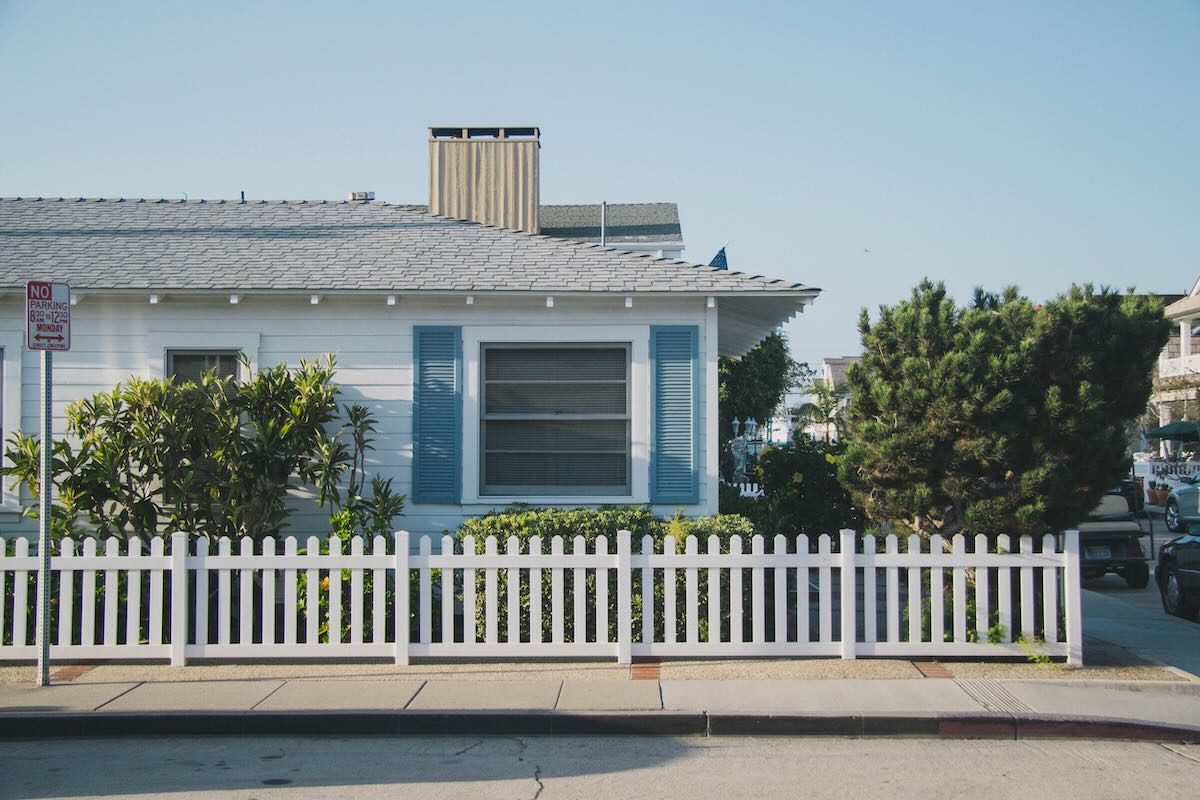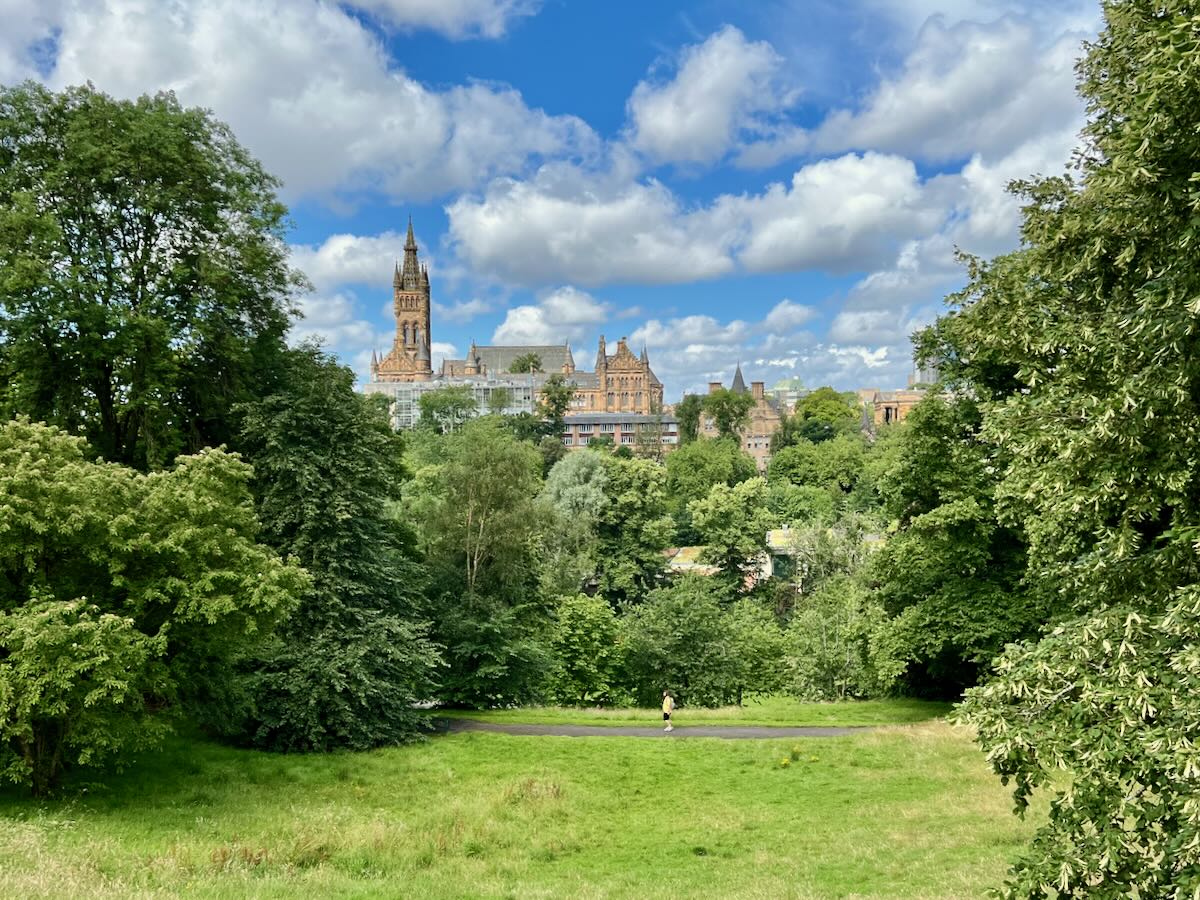The Messy Business of Building Cities, 1.

City building is a messy business. Most started as a collection of self-sufficient neighbourhoods or villages. Mobility was limited so people lived, worked, farmed, and entertained themselves in compact, densely-populated, self-sufficient neighbourhoods. Everything was accessible by foot.
London

I always think of London, England when I consider cities as a collection of neighbourhoods. Two thousand years ago it was just another outpost of the Roman empire and a backwater trading port. It took 1800 years for its population to grow to one million people. In the 1800s the population increased five fold, and now over nine million people live in London, a city of just over 1600 square kilometres.
In the growth process, London has gobbled up thousands of villages, hamlets, and settlements. Bloomsbury, Notting Hill, Islington, Hampstead, Poplar, and Spitalfields have all been woven into the cosmopolitan fabric that is modern London. Many other villages such as Barnes, Primrose Hill, and East Dulwich retain some of their rural charm and original character.
Linked by Public Transit
London’s many urban villages and its 1600 square kilometres are connected by efficient public transit all managed by Transport for London (“TfL”). The underground or “Tube” has eleven lines, over 400 kilometres of track, and 270 stations. There are over 9300 buses servicing 675 routes. The TfL also manages the London Overground rail system, Docklands Light Rail, a Tram system, and active transportation networks. The transit system is the glue that keeps London connected.
Cities will continue to grow
The recent Covid-19 pandemic caused many prognosticators to forecast the demise of the city but London and other cities around the world will continue to grow. Following the most recent comparable event, the great Spanish Flu outbreak of 1918 to 1920, cities continued to flourish. Naples, Italy has suffered numerous plagues and lives with the constant threat of a catastrophic volcanic eruption. Yet, Naples’ metropolitan population has grown by 700,000 people since 1950. The future shape of cities may be unknown but their survival and growth is a certainty. Consider these facts:
- The world population is growing by 200,000 people every day
- In 1800, only 3% to 5% of the global population lived in urban areas
- By the year 2050, about two-thirds of the global population will live in cities
- Urban populations will have doubled and the area consumed by cities will have tripled between now and 2050.
There will be challenges but, the challenges are not new. They include providing shelter, sustenance, employment, connectivity, and safety. It will not be easy – city building is a messy business.





